In celebration of Dr. James Lyke and his life, the Frances Clark Center is pleased to share an excerpted interview written by Ronald Chioldi and published in the May 2009 issue of Clavier Companion (Vol. 1, No. 3). Click here to read the full interview.
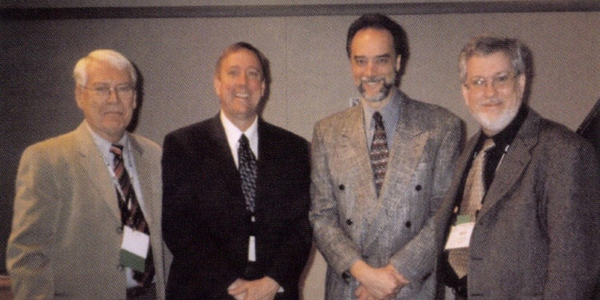
An Interview with James Lyke
When I attended Jim Lyke’s piano pedagogy classes in 1990 at the University of Illinois his reputation as a leader in the field of group piano and pedagogy was well established, but I somehow didn’t quite understand and appreciate the importance of this energetic, restless man. Always focused on the next big project, this unassuming professor consistently displayed warmth and consideration for his students.
Yet, it is only through time, as I am now in the middle of my career, that I have come to realize the enormity of his contributions to the field of piano pedagogy — accomplishments that include a legacy of prominent students, the establishment of The National Conference on Piano Pedagogy, well-known classroom and duet publications, and his four decades of leadership, stewardship, and tireless devotion to group piano teaching and piano pedagogy.
At the age of 75 and with the 30th anniversary of The National Conference on Piano Pedagogy around the corner, Jim Lyke’s life has come full circle. I recently sat down with him in his New York City apartment to reflect on a remarkable career.
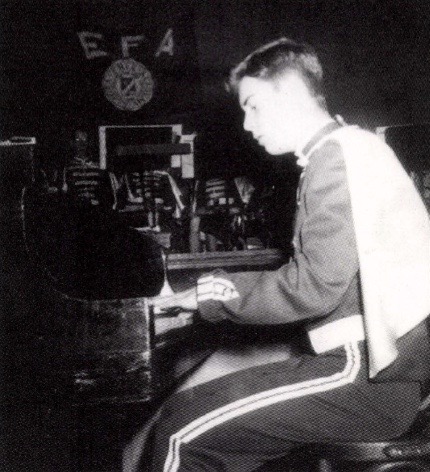
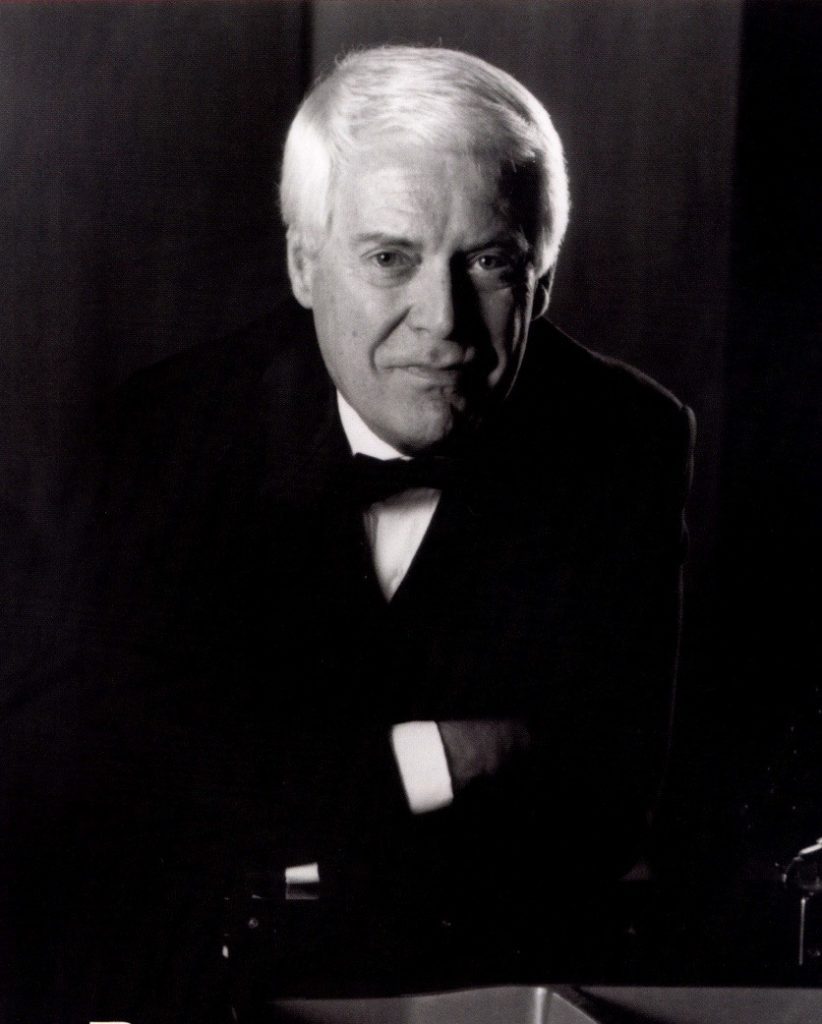
Honoring James Lyke
Co-founder of the National Conference on Piano Pedagogy
The 2009 NCKP honors James Lyke with its Lifetime Achievement Award. Thirty years ago he co-founded the National Conference on Piano Pedagogy in collaboration with Richard Chronister. Dr. Lyke’s career is intimately associated with the University of Illinois where he taught from 1959 to 1993. At Illinois he was chair of the Group Piano and Piano Pedagogy Division, and under his leadership the MM degree in piano pedagogy and the Piano Laboratory Program for children were established. In 1993, Dr. Lyke accepted a position at Georgia State University where he was appointed Director of Graduate Studies for the School of Music and was coordinator of the piano pedagogy program. He is well-known for his book Creative Piano Teaching and his texts for group piano instruction, Keyboard Musicianship, Keyboard Fundamentals, and Ensemble Music for Group Piano.
The National Conference on Keyboard Pedagogy Lifetime Achievement Award is presented on behalf of the Frances Clark Center to an individual who has made substantial and enduring contributions to the field of piano pedagogy over a lifelong career. It was awarded to Nelita True in 2005, and posthumously to Richard Chronister in 2001. In 2009, it will be awarded to James Lyke. Between 1979 and 1994, the National Conference on Piano Pedagogy recognized Louise Bianchi, Frances Clark, Guy Duckworth, William Gillock, Marguerite Miller, Lynn Freeman Olson, and Robert Pace with Lifetime Achievement Awards.
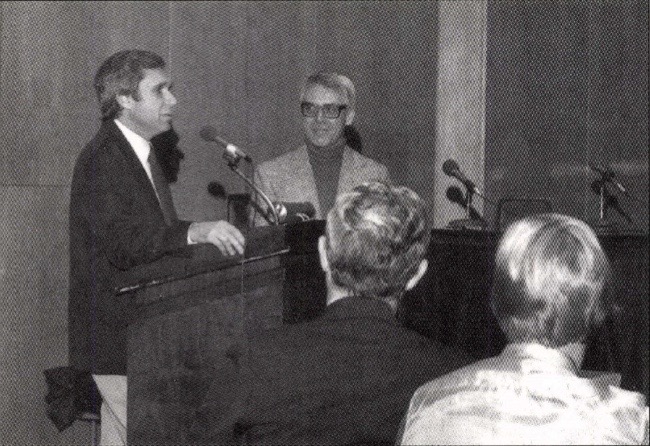
The interview
Tell me about your formative years. How did music make its way into your life?
I started piano and drum lessons at the age of 9 in the small town of Newark Valley, New York. Later, I played piano in the orchestra and percussion in the band. I also sang in the chorus and even had a brief stint as a “boy soprano,” my big hit being Schubert’s Ave Maria. In the middle of my junior year we moved to Elmira, New York — a big city compared to Newark Valley! Again I was in the band, chorus, and orchestra and even played percussion in the Elmira Symphony. In Elmira I had an excellent piano teacher by the name of Mildred Schoemaker who was coaching with a teacher at the Eastman School of Music.
Betty Henry was another central person at this time in my life. She was an inspiring choral director who trained at Fredonia State Teachers College, now SUNY Fredonia. She always let me practice on a fine Steinway grand in the auditorium after school hours. On the weekends I played piano in a dance band at the YMCA and adored the music by Cole Porter, Richard Rodgers, and others. After graduating from high school I followed in my choral teacher’s footsteps and attended Fredonia. The piano instruction was excellent, but I thought I would eventually teach choir or band in the public schools. At Fredonia I became very interested in theater and was active in the drama club. It was the best start in life anybody could ever have.
What happened after undergraduate school?
After graduation I volunteered for the draft, as the Korean War was raging. After basic training I was luckily “tagged” to go to Alaska with a music-loving chaplain. He wanted a trained musician to go with him to Alaska, so I spent my army years directing choirs at the Post Chapel and working with children in the Sunday school program. There were many wonderful musicians on the base and we performed works like Menotti’s Amahl and the Night Visitors and toured a USO production of Brigadoon. I also played with a dance band on the base, performing at the officer’s club every weekend and in clubs in Anchorage. After I was discharged I took a job with the Fort Richardson Schools (Alaska), saving money to attend graduate school. I taught kindergarten through the eighth grade — classroom music, general music, chorus, and band. On weekends I was still directing choirs at the post chapel and playing in dance bands. I also joined the Anchorage Community Chorus and participated in Robert Shaw Festivals for two summers. He was a stunning musician.
I know that Robert Pace has been an important person in your life. Can you tell me about Columbia University and Robert Pace?
After four years in Alaska I came back to New York and entered the Teachers College of Columbia University, thinking I’d probably wind up being a choral director. One of the first people I encountered was Robert Pace, and I took several of his pedagogy courses. Observing his work with children in groups was a revelation to me. These children not only played pieces wonderfully, but also were interacting with one another and actually learning how music was put together. They were phenomenal. These youngsters took dictation, improvised, sight-read, harmonized melodies, etc. I was bowled over and thought, “This is the way to teach! I can do this!” I finally knew what I wanted to devote my life to — group teaching and piano pedagogy. It was the unification of so many musical elements that impressed me. Robert Pace changed my life.
The late 1950s was a marvelous time to be at Teachers College with Dr. Pace. Class piano teaching jobs were beginning to open up at colleges and universities all over the country, and directors of music schools were hiring well-trained group piano teachers. Dr. Pace was “the” person to study with. He was a real pioneer.
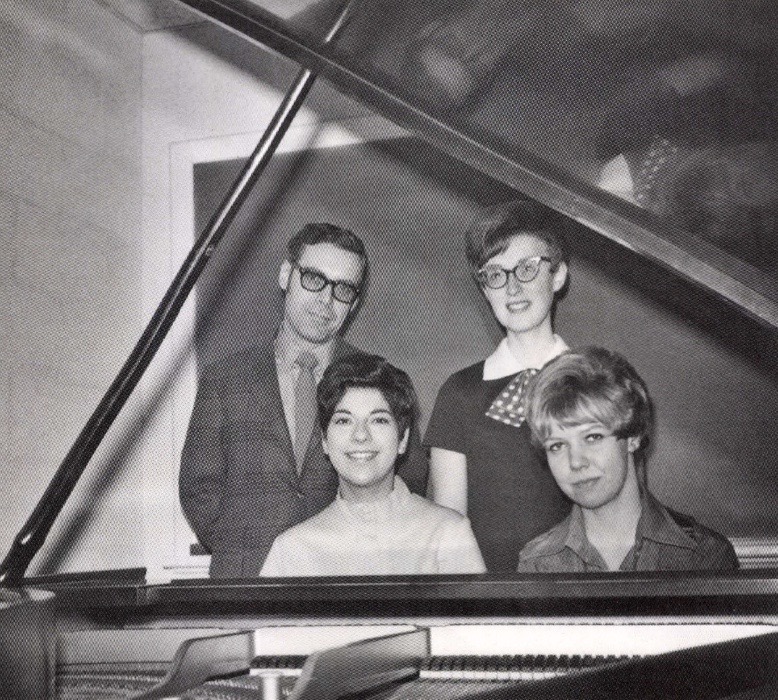
When did you find your way to the University of Illinois?
It was 1959 and I was hired right out of a master’s program at the age of 26. I had a wonderful director, Duane Branigan, who said to me, “Jim, this is a good place to grow, I want you to develop a group piano program the way you think it should be done.” So gradually I developed a four-semester sequence of piano classes for music majors, a two-semester course for non-music majors, an advanced group class for piano majors, a two-semester sequence in jazz piano, two piano pedagogy courses for undergraduates, and two piano pedagogy courses for graduate students. I taught pedagogy courses in the sixties and seventies and around 1980 another movement was happening, which was the piano pedagogy degree. I thought, “Illinois must have this,” so I developed an MM in Piano Pedagogy and incorporated the classes into the degree. I also established a teacher-training component of the degree, which consisted of youngsters from the community taking lessons from our piano pedagogy majors. Incidentally, out of the curriculum in the group piano and the pedagogy classes came the idea to develop texts. My first edition of Keyboard Musicianship, Books 1 and 2, was published in 1969 and a pedagogy text, Creative Piano Teaching, followed in 1977. Happily, they are still on the market in revised editions. I also published a text for adult beginners called Keyboard Fundamentals.
At our peak at the University of Illinois, we had four full-time Group Piano and Piano Pedagogy faculty and five graduate assistants. Our school had developed a good reputation in teacher training, and the graduate assistants we trained went on to achieve phenomenal things in universities and successful studios across the country.
You have mentored and taught some of today’s leaders in the field of group piano and piano pedagogy. Could you discuss some of these people?
I had terrific students at Illinois, including E.L. Lancaster, Robert Vandall, Reid Alexander, and Ron Elliston. I also hired wonderful faculty members such as Gail Berenson and Tony Caramia. Gail was fresh out of Northwestern and is, of course, now the president of MTNA. I found Tony Caramia in Fredonia, New York, of all places, as I was doing a workshop. I instigated the hiring of him at the University of Illinois in 1975 and I just knew Tony would do great things in the field. It was sad to lose him to Eastman, because he and I had a wonderful fifteen-year piano partnership as duettists and as a two-piano team. Reid Alexander was a student of mine and I eventually hired him to be a part of the pedagogy faculty. Reid took over the Piano Pedagogy program at the University of Illinois and is a prolific publisher and presenter. It is a thrill going to MTNA conventions and seeing how great my former students are doing.
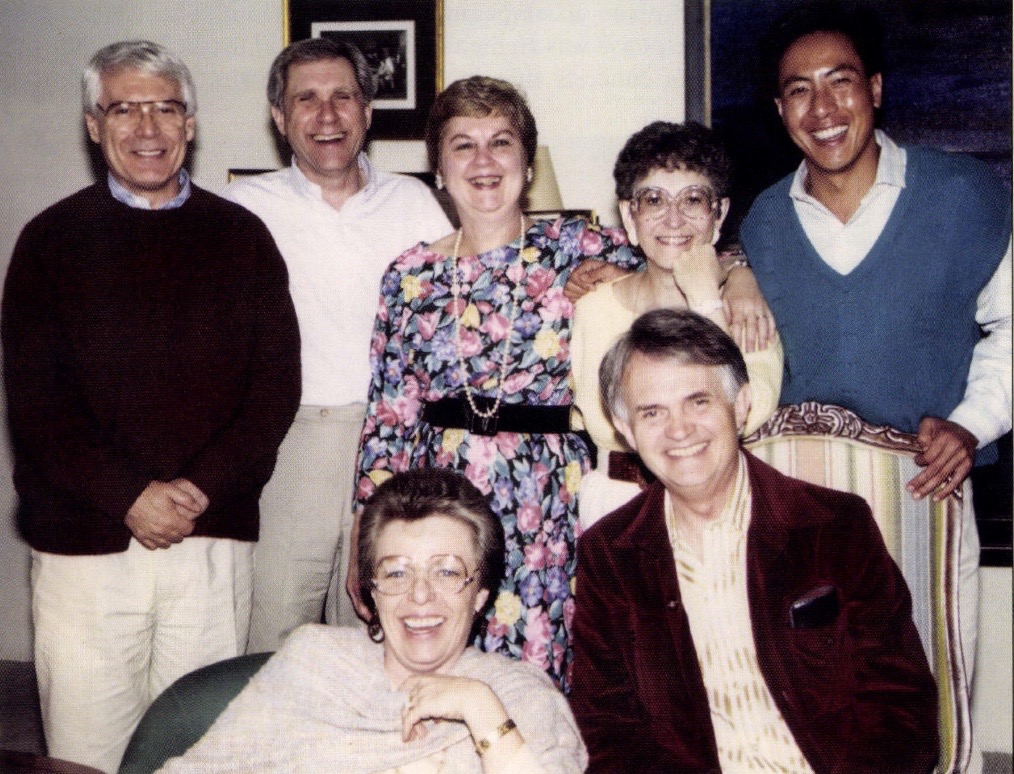
People who know you know how supportive you are of your students and colleagues. You also have the ability to notice talents in people that they may not notice in themselves. Where do these qualities come from?
Being supportive of my students was easy. I was just crazy about the students. They were everything to me and I always considered them to be the best thing about teaching in a university. I felt that it was my duty to help them find good positions after graduation, and I was always friendly with them throughout their studies. Some faculty members believe you shouldn’t get too close to your students. I don’t agree with that thinking.
It’s difficult to explain the other quality. I guess I am good at telling people what they should do! Seriously, I think some people don’t realize what they have in them. For example, when Tony Caramia came to Illinois I knew right away, “this guy’s going to really hit it big.” It was fun to be a part of that and I introduced him to workshop opportunities. I should mention that I spent 33 wonderful years at the University of Illinois.
At the age of 60 I took an early retirement and accepted a professorship at Georgia State University in Atlanta. It was a new challenge and a chance to start all over again. There I met Geoff Haydon. Here’s another guy, I thought, “he’s so talented, he doesn’t even know what he has.” He is a multi-talented person — a classical and jazz pianist, and a whiz at technology. At my urging he started arranging and composing, and we teamed up on many publications of two-piano and duet material for Warner Bros. Music and did a number of workshops in Europe and in the United States.
Read the complete interview, “Reflections on A Remarkable Career” from Clavier Companion (May 2009), using the link below!

MORE ON JAMES LYKE
- MAGAZINE ARTICLE: A Tribute to James Lyke at Ninety: Reflections from Three Colleagues by Samuel Holland, Gail Berenson, and Tony Caramia
- NCKP ARCHIVES: Lifetime Achievement Award
- NCKP ARCHIVES: Frances Clark/MTNA Award for Keyboard Pedagogy
- MAGAZINE ARTICLE: Pedagogic Training + Teaching Experience + Compositional talent = Robert Vandall! by Rebecca Grooms Johnson
- MAGAZINE ARTICLE: Does Practice on a Digital Keyboard in the Early Years of Study Prevent a Student From Becoming a Good Pianist? Part II by Marguerite Miller, Louise Goss, Margaret Lorince, and James Lyke
- MAGAZINE ARTICLE: Robert Pace A Tribute by Cynthia Pace and James Lyke